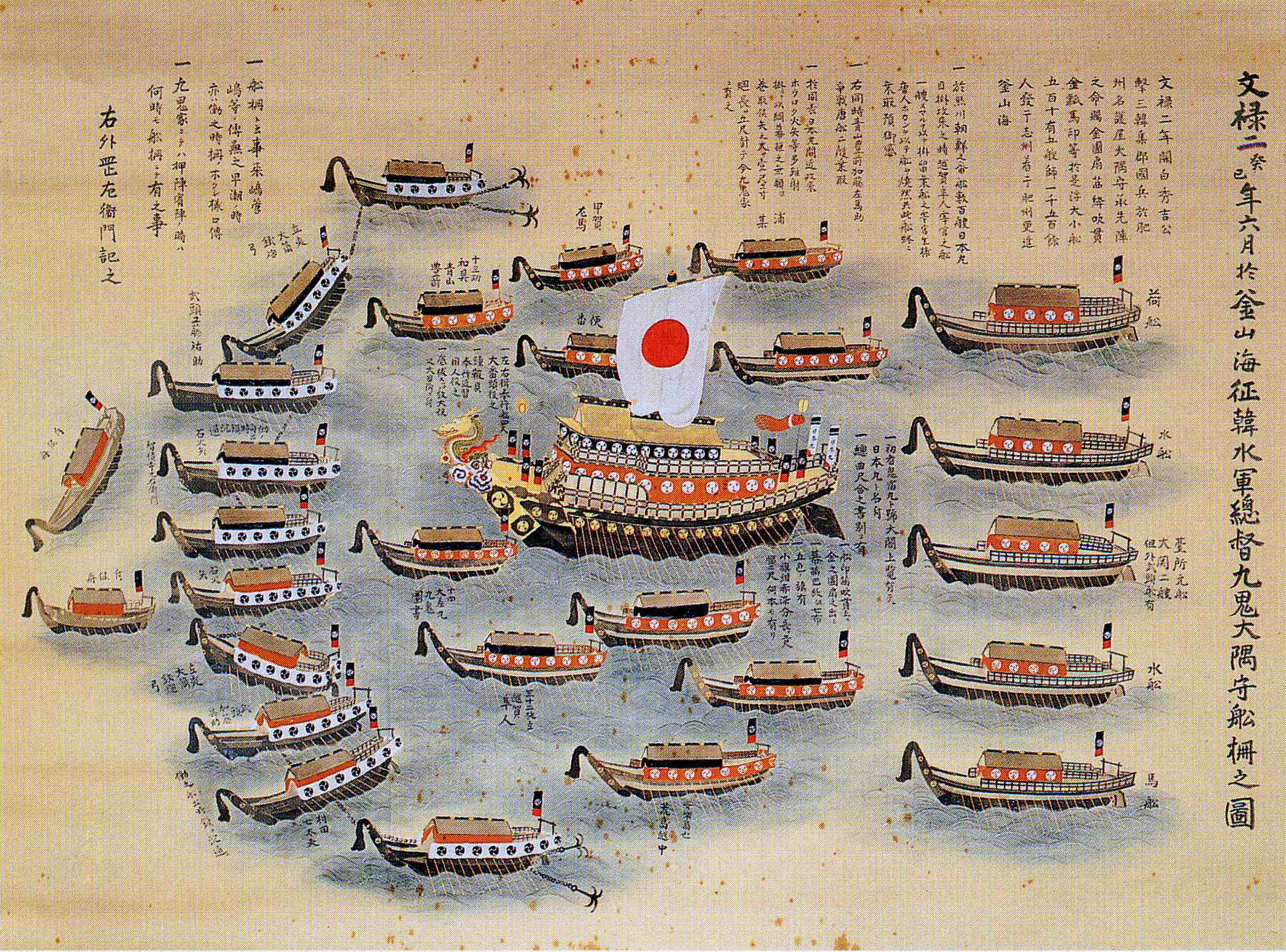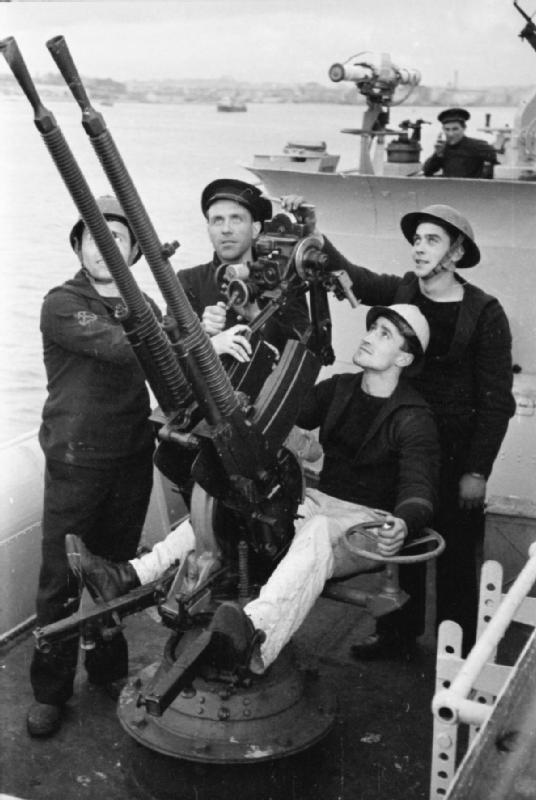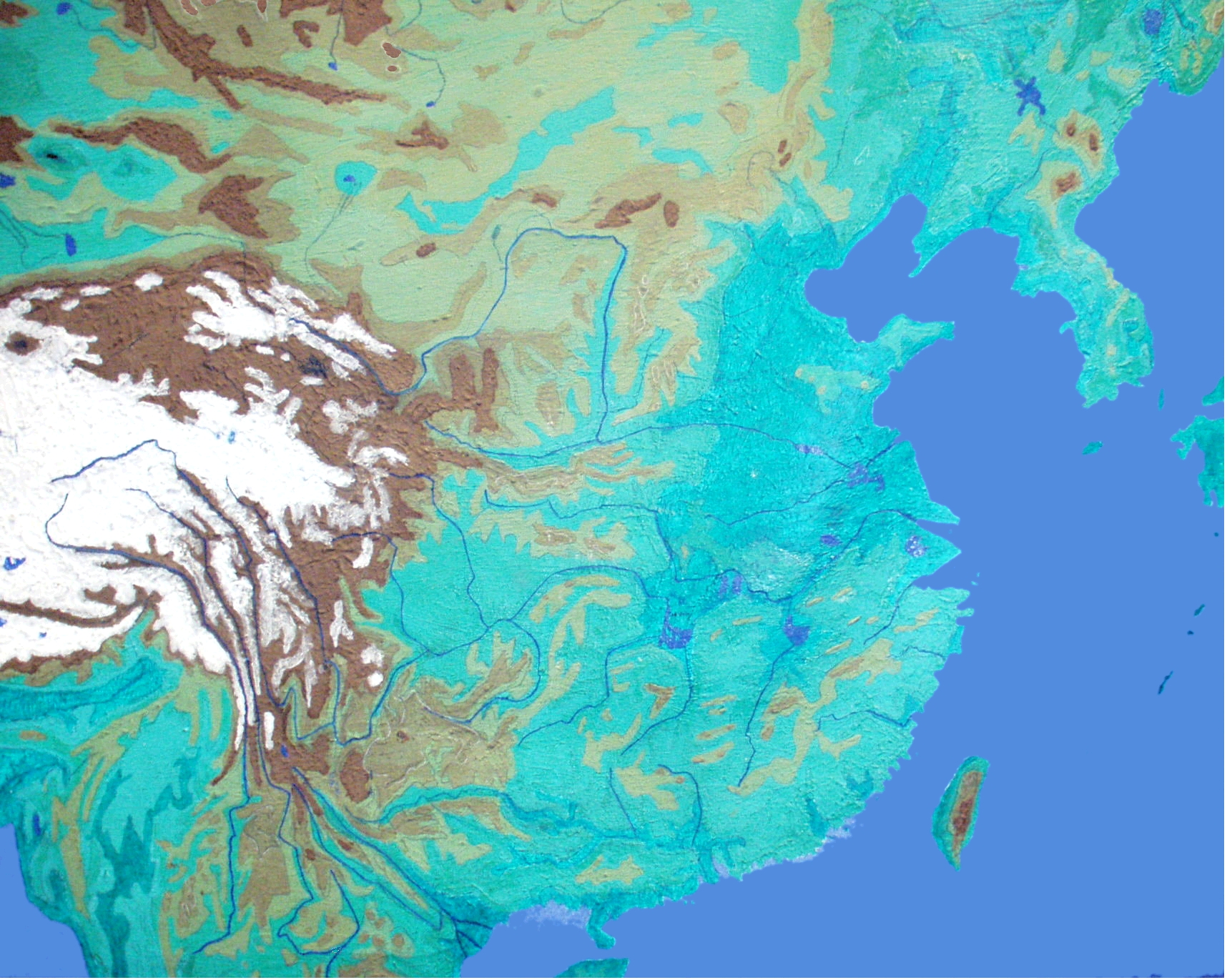|
Japanese Gunboat Hozu
was a river gunboat of the Imperial Japanese Navy, part of the 11th Gunboat Sentai, that operated on the Yangtze River in China during the 1930s, and during the Second Sino-Japanese War. On August 13, 1937 ''Hozu'' and other IJN ships bombarded Chinese positions at Shanghai. On December 13 ''Hozu'' and other ships engaged Chinese positions at Xiaguan and attacked Chinese boats and rafts on the Yangtze River. On December 5, 1944 ''Hozu'' and the gunboat ''Hira Hira may refer to: Places *Cave of Hira, a cave associated with Muhammad * Al-Hirah, an ancient Arab city in Iraq ** Battle of Hira, 633AD, between the Sassanians and the Rashidun Caliphate *Hira Mountains, Japan * Hira, New Zealand, settlement n ...'' ran aground near Anking. They were subsequently bombed by Chinese aircraft, ''Hira'' was damaged and ''Hozu'' was sunk. The wreck was scrapped 1945. Sources Japanese gunboats (with photos) References Ships built by Mitsubishi Heavy Industries Seta-class gunboat ... [...More Info...] [...Related Items...] OR: [Wikipedia] [Google] [Baidu] |
Naval Ensign Of Japan
The national flag of Japan is a rectangular white banner bearing a crimson-red circle at its center. This flag is officially called the , but is more commonly known in Japan as the . It embodies the country's sobriquet: the Land of the Rising Sun. The ''Nisshoki'' flag is designated as the national flag in the Act on National Flag and Anthem, which was promulgated and became effective on 13 August 1999. Although no earlier legislation had specified a national flag, the sun-disc flag had already become the ''de facto'' national flag of Japan. Two proclamations issued in 1870 by the Daijō-kan, the governmental body of the early Meiji period, each had a provision for a design of the national flag. A sun-disc flag was adopted as the national flag for merchant ships under Proclamation No. 57 of Meiji 3 (issued on 27 February 1870), and as the national flag used by the Navy under Proclamation No. 651 of Meiji 3 (issued on 27 October 1870). Use of the ''Hinomaru'' was severely restric ... [...More Info...] [...Related Items...] OR: [Wikipedia] [Google] [Baidu] |
Seta-class Gunboat
were a class of riverine gunboats of the Imperial Japanese Navy The Imperial Japanese Navy (IJN; Kyūjitai: Shinjitai: ' 'Navy of the Greater Japanese Empire', or ''Nippon Kaigun'', 'Japanese Navy') was the navy of the Empire of Japan from 1868 to 1945, when it was dissolved following Japan's surrender .... The class consisted of 4 vessels: * ''Seta'' (勢多) * ''Katata'' (堅田) * ''Hira'' (比良) * ''Hozu'' (保津) {{DEFAULTSORT:Seta Class Gunboat Gunboat classes Riverine warfare ... [...More Info...] [...Related Items...] OR: [Wikipedia] [Google] [Baidu] |
8 Cm/40 3rd Year Type Naval Gun
The Type 41 naval gun otherwise known as the 8 cm/40 3rd Year Type naval gun was a Japanese dual-purpose gun introduced before World War I. Although designated as , its shells were in diameter. Design The Japanese Type 41 naval gun otherwise known as the 8 cm/40 3rd Year Type naval gun was a direct copy of the English QF 12-pounder 12 cwt naval gun. The original 12-pounders were built-up guns with a single-motion interrupted screw breech that fired Fixed Quick Fire ammunition and had bottom mounted hydro-pneumatic recoil systems. Many were mounted on low-angle pedestal mounts in casemates as the standard anti-torpedo boat gun on Japanese warships built between 1890 and 1920. Later guns changed to an autofretted monoblock barrel, taller pedestal mount for increased angles of elevation -5° to +75°, top mounted recoil system, and 45° sliding block breech. The guns fired a high-explosive projectile. After 1915 the guns were mounted on high/low angle ... [...More Info...] [...Related Items...] OR: [Wikipedia] [Google] [Baidu] |
Hotchkiss M1929 Machine Gun
The 13.2 mm Hotchkiss machine gun model 1929, often simplified to Hotchkiss M1929 machine gun, and the like, was a heavy machine gun designed and manufactured by Hotchkiss et Cie from the late 1920s until World War II which saw service with various nations' forces, including Italy and Japan where the gun was built under license. Development In the late 1920s, Hotchkiss proposed a range of anti-aircraft automatic weapons in the 13.2, 25 and 37 mm calibers. They were all based on the same type of gas-operated action, similar to the one used in the 8 mm Hotchkiss Mle 1914 machine gun, which had proven extremely reliable during World War I and was still in service. This led to the production of the 13.2 mm Hotchkiss machine gun model 1929, often called the Hotchkiss M1929. Performance The Hotchkiss M1929 machine gun had a cyclic rate of fire of 450 rounds per minute, but their practical sustained rate of fire was just 200-250 rounds per minute due to limited m ... [...More Info...] [...Related Items...] OR: [Wikipedia] [Google] [Baidu] |
River Gunboat
A river gunboat is a type of gunboat adapted for river operations. River gunboats required shallow draft for river navigation. They would be armed with relatively small caliber cannons, or a mix of cannons and machine guns. If they carried more than one cannon, one might be a howitzer, for shore bombardment. They were usually not armoured. The fictional USS ''San Pablo'' described in Richard McKenna's '' The Sand Pebbles'' is an example of this class of vessel, serving on the US Navy's Yangtze Patrol. Stronger river warships with larger guns were river monitors. Chinese river gunboats Various European powers, the USA, and Japan, maintained flotillas of these shallow draft gunboats patrolling Chinese rivers. These gunboats were enforcing those nations' treaty rights under the treaties that China had started to sign following her defeat during the first Opium War with Britain. The advantages of steam power and shallow drafts meant that the new European vessels initially vas ... [...More Info...] [...Related Items...] OR: [Wikipedia] [Google] [Baidu] |
Imperial Japanese Navy
The Imperial Japanese Navy (IJN; Kyūjitai: Shinjitai: ' 'Navy of the Greater Japanese Empire', or ''Nippon Kaigun'', 'Japanese Navy') was the navy of the Empire of Japan from 1868 to 1945, when it was dissolved following Japan's surrender in World War II. The Japan Maritime Self-Defense Force (JMSDF) was formed between 1952–1954 after the dissolution of the IJN. The Imperial Japanese Navy was the third largest navy in the world by 1920, behind the Royal Navy and the United States Navy (USN). It was supported by the Imperial Japanese Navy Air Service for aircraft and airstrike operation from the fleet. It was the primary opponent of the Western Allies in the Pacific War. The origins of the Imperial Japanese Navy go back to early interactions with nations on the Asian continent, beginning in the early medieval period and reaching a peak of activity during the 16th and 17th centuries at a time of cultural exchange with European powers during the Age of Discovery. After ... [...More Info...] [...Related Items...] OR: [Wikipedia] [Google] [Baidu] |
Sentai
In Japanese, is a military unit and may be literally translated as " squadron", " task force", " division (of ships)", " group" or "wing". The terms "regiment" and "flotilla", while sometimes used as translations of ''sentai'', are also used to refer to larger formations. Imperial Japanese aviation ''sentai'' The term was used during World War II by the military of the Empire of Japan for Imperial Japanese Army Air Service (IJAAS) and Imperial Japanese Navy Air Service (IJNAS) military aviation units equivalent to a group or wing in other air forces. However, the term had slightly different meanings in the IJAAS and the IJNAS. An IJAAS ''Sentai'' was made up of two to four squadrons (''chūtai''). In the IJAAS, two or more ''Sentai'' comprised a ''hikōdan'' (air brigade). In the later stages of World War II, the IJAAS abolished ''chūtai'' and divided its ''sentai'' into '' hikōtai'' (flying units) and ''seibitai'' (maintenance units). A ''sentai'' commander (''sentaichō ... [...More Info...] [...Related Items...] OR: [Wikipedia] [Google] [Baidu] |
Yangtze River
The Yangtze or Yangzi ( or ; ) is the longest river in Asia, the third-longest in the world, and the longest in the world to flow entirely within one country. It rises at Jari Hill in the Tanggula Mountains (Tibetan Plateau) and flows in a generally easterly direction to the East China Sea. It is the seventh-largest river by discharge volume in the world. Its drainage basin comprises one-fifth of the land area of China, and is home to nearly one-third of the country's population. The Yangtze has played a major role in the history, culture, and economy of China. For thousands of years, the river has been used for water, irrigation, sanitation, transportation, industry, boundary-marking, and war. The prosperous Yangtze Delta generates as much as 20% of China's GDP. The Three Gorges Dam on the Yangtze is the largest hydro-electric power station in the world that is in use. In mid-2014, the Chinese government announced it was building a multi-tier transport netw ... [...More Info...] [...Related Items...] OR: [Wikipedia] [Google] [Baidu] |
Second Sino-Japanese War
The Second Sino-Japanese War (1937–1945) or War of Resistance (Chinese term) was a military conflict that was primarily waged between the Republic of China and the Empire of Japan. The war made up the Chinese theater of the wider Pacific Theater of the Second World War. The beginning of the war is conventionally dated to the Marco Polo Bridge Incident on 7 July 1937, when a dispute between Japanese and Chinese troops in Peking escalated into a full-scale invasion. Some Chinese historians believe that the Japanese invasion of Manchuria on 18 September 1931 marks the start of the war. This full-scale war between the Chinese and the Empire of Japan is often regarded as the beginning of World War II in Asia. China fought Japan with aid from Nazi Germany, the Soviet Union, United Kingdom and the United States. After the Japanese attacks on Malaya and Pearl Harbor in 1941, the war merged with other conflicts which are generally categorized under those conflicts of World War II ... [...More Info...] [...Related Items...] OR: [Wikipedia] [Google] [Baidu] |
Shanghai
Shanghai (; , , Standard Mandarin pronunciation: ) is one of the four direct-administered municipalities of the People's Republic of China (PRC). The city is located on the southern estuary of the Yangtze River, with the Huangpu River flowing through it. With a population of 24.89 million as of 2021, Shanghai is the most populous urban area in China with 39,300,000 inhabitants living in the Shanghai metropolitan area, the second most populous city proper in the world (after Chongqing) and the only city in East Asia with a GDP greater than its corresponding capital. Shanghai ranks second among the administrative divisions of Mainland China in human development index (after Beijing). As of 2018, the Greater Shanghai metropolitan area was estimated to produce a gross metropolitan product ( nominal) of nearly 9.1 trillion RMB ($1.33 trillion), exceeding that of Mexico with GDP of $1.22 trillion, the 15th largest in the world. Shanghai is one of the world's major centers fo ... [...More Info...] [...Related Items...] OR: [Wikipedia] [Google] [Baidu] |
Japanese Gunboat Hira
was a river gunboat of the Imperial Japanese Navy, part of the 11th Gunboat Sentai, that operated on the Yangtze River in China during the 1930s, and during the Second Sino-Japanese War The Second Sino-Japanese War (1937–1945) or War of Resistance (Chinese term) was a military conflict that was primarily waged between the Republic of China and the Empire of Japan. The war made up the Chinese theater of the wider Pacific Th .... On 13 December 1937, ''Hira'' and other IJN ships engaged Chinese positions at Xiaguan, China and attacked Chinese boats and rafts on the Yangtze River. On 17 August 1944 ''Hira'' was damaged by US 14th Air Force aircraft at Kiukiang, China. On 26 November 1944 ''Hira'' and the gunboat '' Hozu'' ran aground near Anking, China. Chinese aircraft subsequently bombed and sunk ''Hozu'' and severely damaged ''Hira''. ''Hira'' was scrapped in July 1945. Sources Japanese gunboats (with photos) References Seta-class gunboats Second Sino-Japan ... [...More Info...] [...Related Items...] OR: [Wikipedia] [Google] [Baidu] |
Ships Built By Mitsubishi Heavy Industries
A ship is a large watercraft that travels the world's oceans and other sufficiently deep waterways, carrying cargo or passengers, or in support of specialized missions, such as defense, research, and fishing. Ships are generally distinguished from boats, based on size, shape, load capacity, and purpose. Ships have supported exploration, trade, warfare, migration, colonization, and science. After the 15th century, new crops that had come from and to the Americas via the European seafarers significantly contributed to world population growth. Ship transport is responsible for the largest portion of world commerce. The word ''ship'' has meant, depending on the era and the context, either just a large vessel or specifically a ship-rigged sailing ship with three or more masts, each of which is square-rigged. As of 2016, there were more than 49,000 merchant ships, totaling almost 1.8 billion dead weight tons. Of these 28% were oil tankers, 43% were bulk carriers, a ... [...More Info...] [...Related Items...] OR: [Wikipedia] [Google] [Baidu] |




